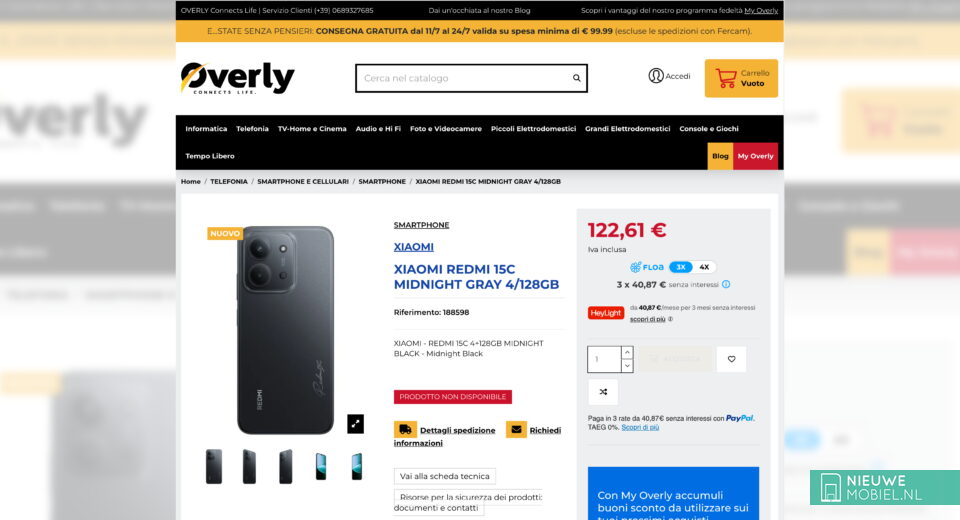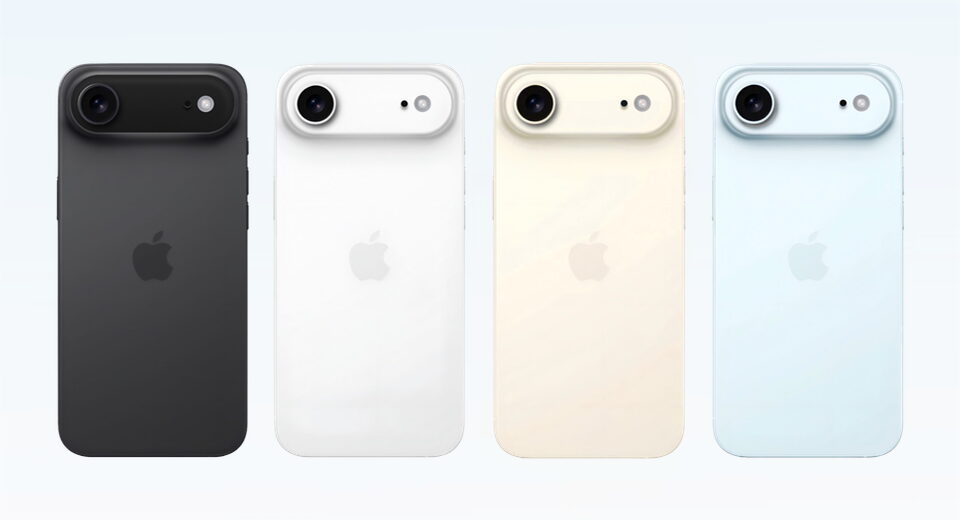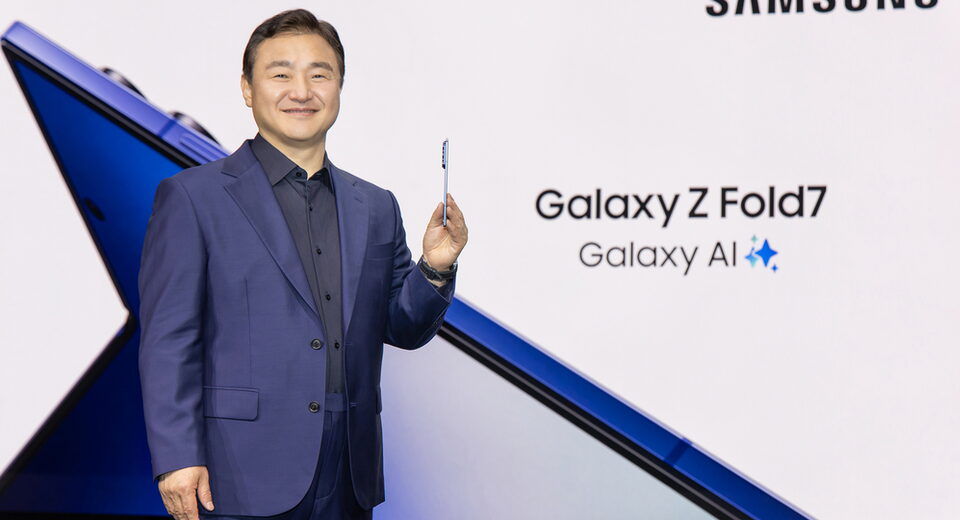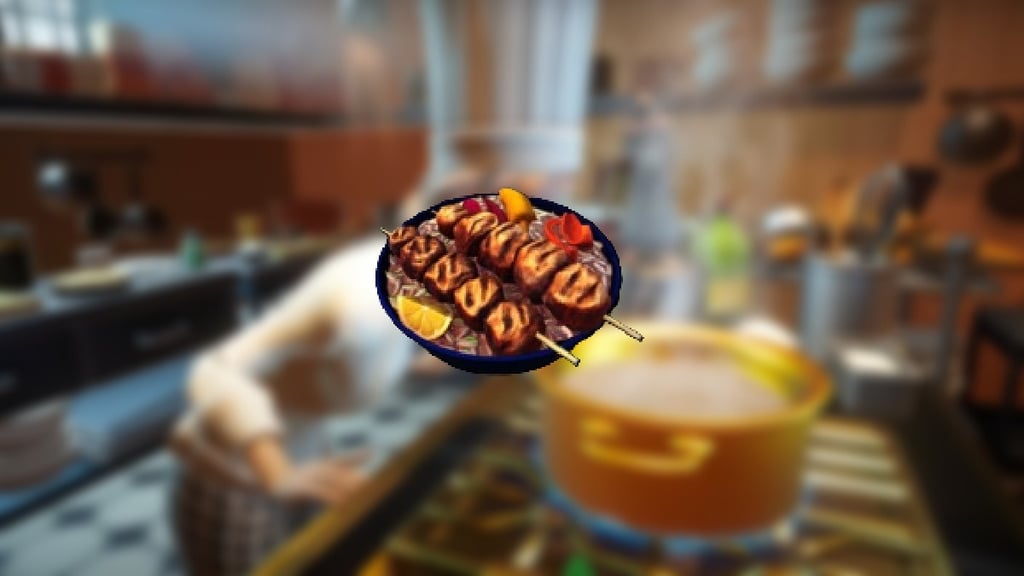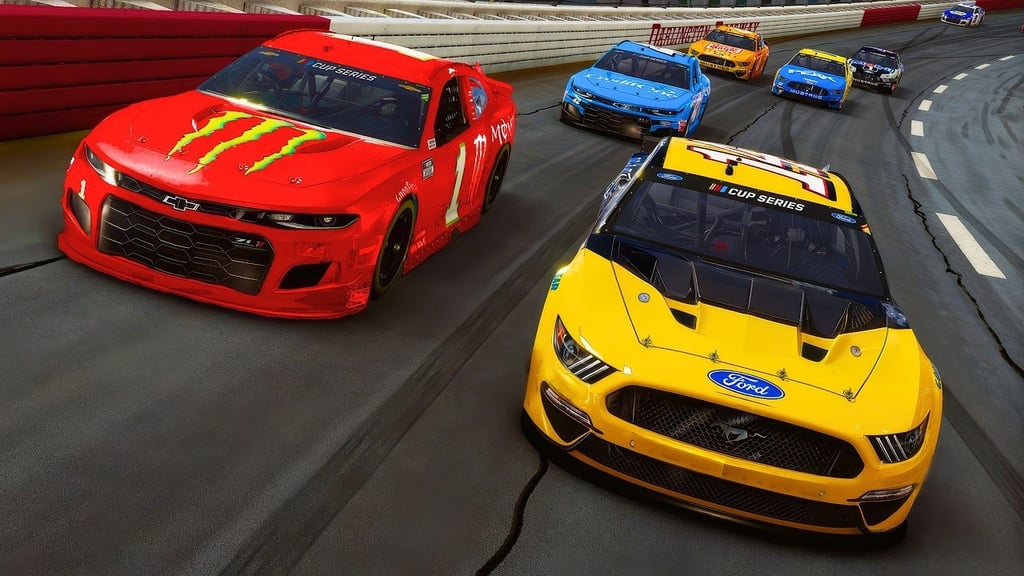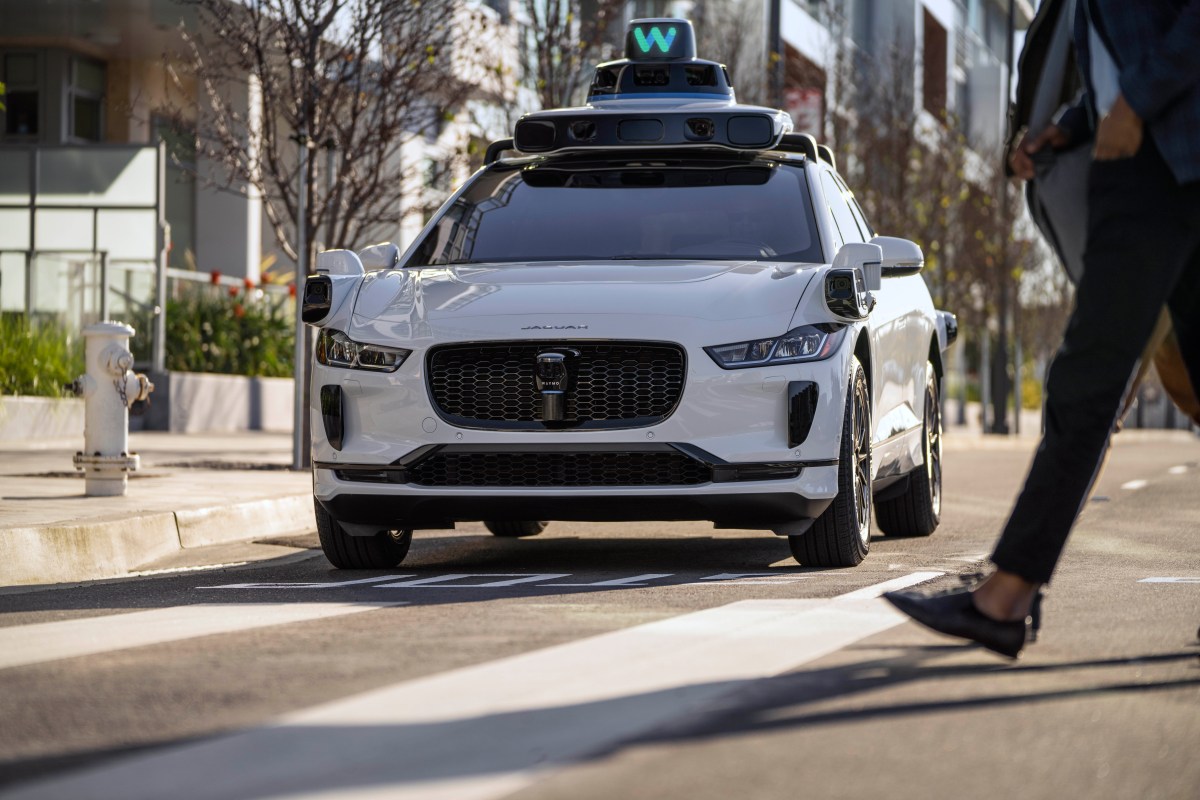Five companies now control over 90% of the restaurant food delivery market

While reading the latest results from Prosus, I realized there seems to be a trend that nobody is talking about. There is an obvious wave of consolidation in the food delivery market happening right before our eyes. The once-hot food delivery sector has gone cold faster than your DoorDash order. New entrants have disappeared as most of the VC money chases the cool and hip AI startups. Alongside a wave of acquisitions, the world's food delivery market is consolidating in the hands of 5 companies. These 5 companies own more than 90% of the total food delivery market worldwide.
The scale of this transformation is evident in two recent acquisitions. When Prosus acquired Just Eat Takeaway in February 2025, it paid a 49% premium based on the 3-month moving average. DoorDash followed suit in May, acquiring Deliveroo at a 40% premium on the 3-month moving average; surely they have good plans to pay this premium.
The graph below was posted after the announcement of Prosus' acquisition of Just Eat Takeaway on the 24th of February 2025. After adjusting our calculation for Prosus's acquisition of Just Eat Takeaway and DoorDash's acquisition of Deliveroo, the top 5 companies (Meituan, DoorDash, Uber, Prosus, Delivery Hero) have over 90% of the total gross transaction value (GTV) worldwide.
Second Order Effect
We should reflect on what this consolidation means for the future of food delivery and its stakeholders, and if we can use this to our advantage.
Companies
More consolidation means more customers, drivers, and restaurants are within the ecosystem of a food delivery company. This network effect will optimize the speed, convenience, and variety for consumers. It will also make restaurants have access to customers they couldn't reach before.
You will be mistaken to think that such improvements to the network will be all roses for the consumers, restaurants, or drivers. With little direct competition, those companies will expand their margins even further at the expense of their marketplace participants. As long as food delivery is just better than other options for the network participants, food delivery companies will be able to expand their margins safely without disrupting their network.
Drivers
Drivers will be the first to feel the effect. Here's the thing—food delivery doesn't need to be amazing for gig workers. It just needs to suck less than the alternatives to keep the drivers in the network. Already, food delivery has its appeal to delivery workers as it has a lower barrier to entry. For instance, workers may need a bike instead of a car for ride-hailing. Also, it doesn't require knowledge work like coding, designing, etc., needed for freelancing. Finally, a weaker economy and lack of regulations will not help the drivers; instead, the companies will be squeezing every penny out of them.
Restaurants
Restaurants will be the second victim of the consolidation. Restaurants pay 15-30% commission on each order for customer acquisition and delivery logistics, which eats into the margin of restaurants. Most independent restaurants lack the capital, volume, and operational expertise to make their own delivery logistics. Even Domino's Pizza, which is praised for having solid delivery logistics and had a public stance against third-party delivery, still needed to cooperate with Uber for marketing. In 2024, Uber accounted for 3% of Domino's sales.
Customers
Customers will likely be the last to see the effect. Customers are the bread and butter of this three-way marketplace. As long as food delivery is better than other ways of consuming food, like cooking, takeaways, or dining out, it will be able to keep customers in the network. Food delivery provides the best convenience and speed. When it comes to pricing, customers will start seeing fewer promotions, more delivery fees, and more menu fees.
Investing
Well, this is primarily an investing newsletter; understanding how industries are shaping will help your investing thesis. The food delivery business is far from being saturated when it comes to innovation; it still has some tricks up its sleeves.
Uber has started its white label delivery service, which can be used by local stores like book stores, which will provide very fast delivery for items, which will compete with traditional e-commerce like Amazon.
Also, there is experimentation with robots for last-mile delivery. This is already a reality in many cities around the world. DoorDash and Uber have a partnership with Coco for delivery, which you can see in Chicago, Helsinki, and Los Angeles. If you haven't seen one before, check this super cool video for the Coco delivery robot. This technological advancement will slice the driver from the marketplace, improving the margins further.
These all serve as tailwinds for the industry, which already makes it attractive for investment. It is important to buy these businesses at good valuations, though. DoorDash has a current price-to-sales ratio of 9 with a 50% gross margin. This is expensive when you compare it to the dev tools that I talked about before. Gitlab has a price-to-sales ratio of a bit less than 9, but with 89% gross margin, with very positive tailwinds as well.
My picks for the food delivery industry would be Prosus and Uber, as they don't seem to have the high valuation of DoorDash, but they are more complex businesses than just food delivery.
Another way to play the consolidation game is to buy the smaller food delivery companies at a fair value, hoping one of the big players will buy them with a good premium.
In the end, food delivery is an industry that offers huge potential. Valuation matters, but over the long term, I am very bullish on this industry to continue to grow with innovation and consolidation.
Subscribe as I will be doing DoorDash, Uber, and Prosus analyses.
Thanks for reading Markets Ain't Efficient! Subscribe for free to receive new posts and support my work.
Prosus owns 4% of Meituan, 100% of ifood, 28% of Delivery Hero, 25% of Swiggy, and 100% of Just Eat Takeaway
What's Your Reaction?
 Like
0
Like
0
 Dislike
0
Dislike
0
 Love
0
Love
0
 Funny
0
Funny
0
 Angry
0
Angry
0
 Sad
0
Sad
0
 Wow
0
Wow
0














